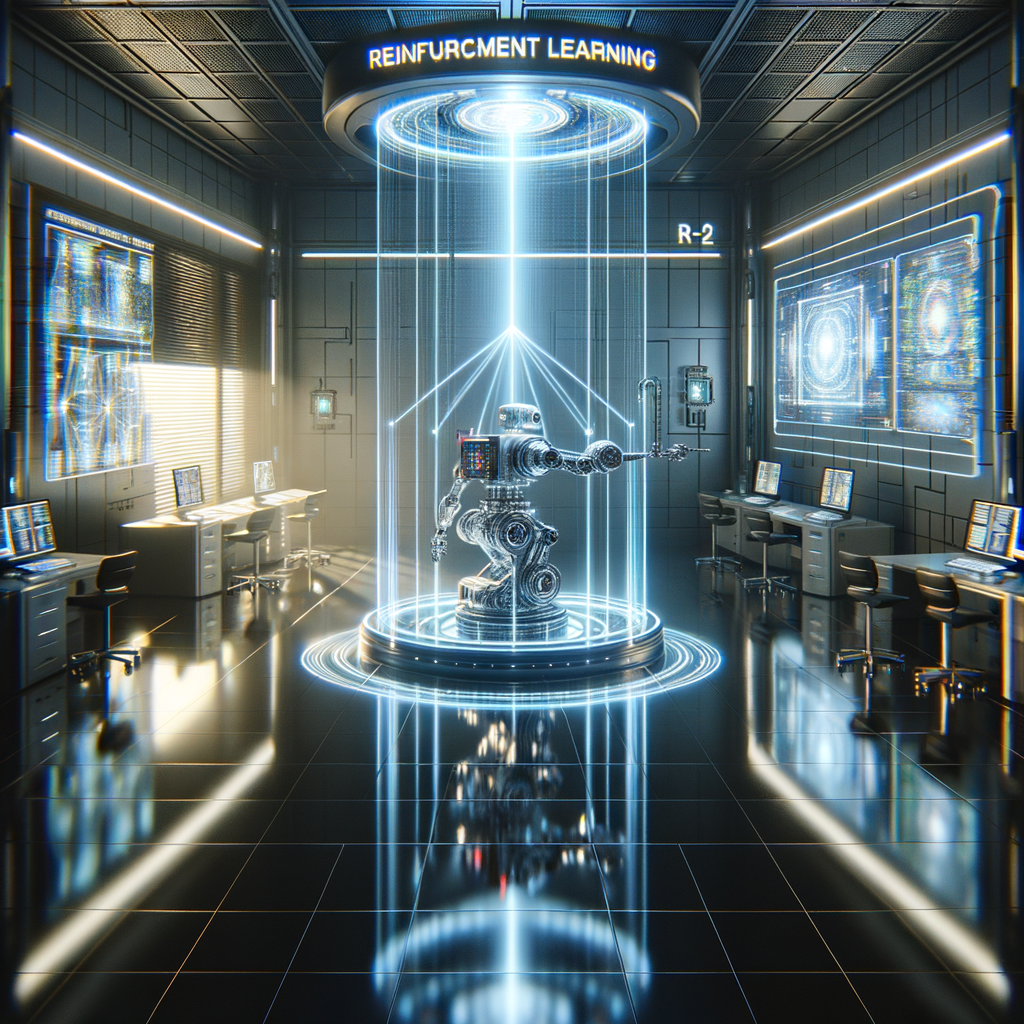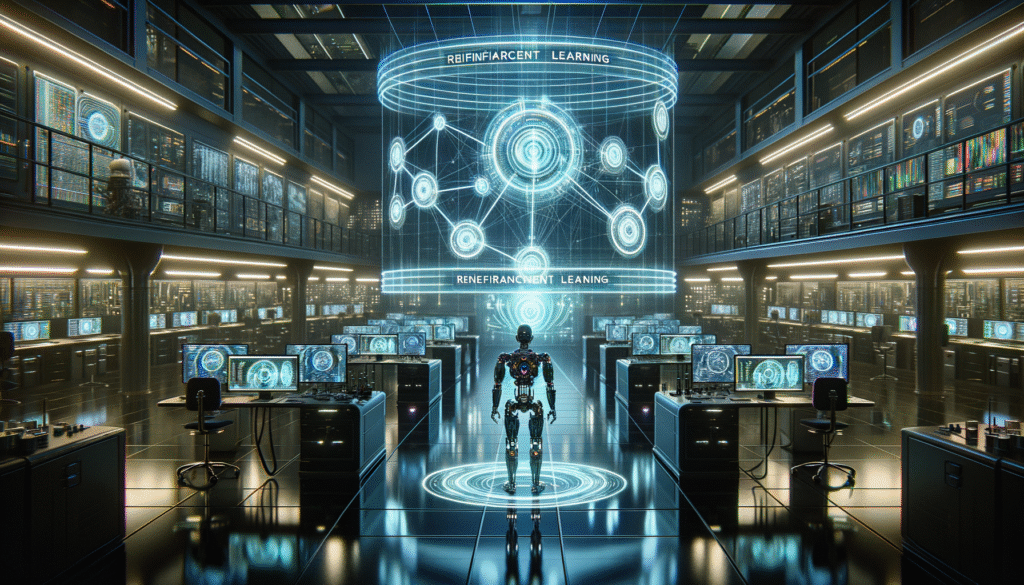Micro Tutorial: Reinforcement Learning (RL)
Practical Introduction
Imagine you have a robot that needs to learn how to navigate a maze. Each time it hits a wrong path, it gets a signal indicating that it shouldn’t take that route. Over time, the robot learns to find the exit. This gives you a glimpse into the essence of reinforcement learning.
What It’s Used For and How It Works
Reinforcement Learning (RL) is an area of artificial intelligence where an agent learns to make decisions through interaction with an environment. Unlike other learning methods, RL does not provide correct examples. Instead, the agent explores different actions and receives rewards or penalties based on its choices.
The basic process involves three main components: the agent, the environment, and the reward function. The agent makes decisions, the environment is where it operates, and the reward function provides feedback. For example, winning a game could be a reward, while losing could be a penalty.
The agent’s goal is to maximize the cumulative reward over time. To achieve this, it uses strategies like exploration and exploitation. Exploration involves trying out new actions, while exploitation refers to choosing actions that have previously worked well. This balance is crucial as it often requires seeking new opportunities while leveraging what has already been learned.
Additionally, reinforcement learning is utilized in numerous applications, from gaming and robotics to finance and healthcare. For instance, recommendation systems that suggest movies or products benefit from RL techniques. In summary, reinforcement learning is a powerful tool for creating systems that can learn and adapt in complex, dynamic environments.
Key Parameters
Here are some key parameters in reinforcement learning, along with typical values used in practice:
| Parameter | Description | Typical Value |
|---|---|---|
| Learning Rate | Determines how quickly the agent learns | 0.01 – 0.1 |
| Discount Factor | Measures the importance of future rewards | 0.9 – 0.99 |
| Exploration Rate | Proportion of time the agent spends exploring | 0.1 – 0.3 |
| Number of Episodes | Amount of times the agent interacts with the environment | 1000 – 10000 |
| Batch Size | Number of experiences used for updates | 32 – 256 |
Concrete Use Case
A concrete use case of reinforcement learning is in training game agents, like those used in video games. A notable example is DeepMind’s use of RL to develop agents that play Atari games. In this case, the agent faces a game environment where it must learn to maximize its score.
The agent starts with no prior knowledge and, through exploration, tries different actions, such as jumping, shooting, or moving. Each action has an associated reward: scoring points or losing lives. Over time, the agent learns which actions are most effective in each situation. It employs a Q-learning approach, updating its value function based on received rewards.
This method has proven effective, as agents have managed to outperform human players in several classic games. The key to this success lies in the agent’s ability to explore different strategies and adapt to new situations. Thus, reinforcement learning becomes an essential tool in developing artificial intelligence for entertainment and beyond.
Common Mistakes and How to Avoid Them
- Not balancing exploration and exploitation: An overemphasis on one can lead to suboptimal results. Make sure to include an appropriate exploration rate.
- Not adjusting the learning rate: A value that is too high may prevent the agent from converging, while one too low can slow learning. Test to find the sweet spot.
- Ignoring data preprocessing: Raw data may contain noise that affects agent performance. Cleaning and normalizing data is crucial.
- Not using enough episodes: A lack of episodes may lead to poor learning. Increase the number of episodes to improve convergence.
- Not regularly evaluating the model: Lack of evaluation may prevent you from detecting learning issues. Implement periodic evaluations to adjust the model.
Conclusion + Call to Action
Reinforcement learning is a fascinating technique that allows agents to learn and adapt through interaction with their environment. By understanding how it works and applying the right principles, you can start exploring exciting projects in artificial intelligence. I encourage you to experiment with this technique in your own projects and see how you can implement it. Remember, practice is key to mastery.
More information at electronicsengineering.blog
Quick Quiz
Question 1: What is the main goal of an agent in reinforcement learning?
Question 2: Which of the following components is NOT part of the reinforcement learning process?
Question 3: In reinforcement learning, what does 'exploration' refer to?
Question 4: Which of the following is an application of reinforcement learning?
External sources
- Introducción al Aprendizaje por Refuerzo
- Tutorial de COLT 2021: Fundamentos Estadísticos del Aprendizaje por Refuerzo
- Guía para Principiantes sobre Aprendizaje por Refuerzo y su Implementación Básica desde Cero



